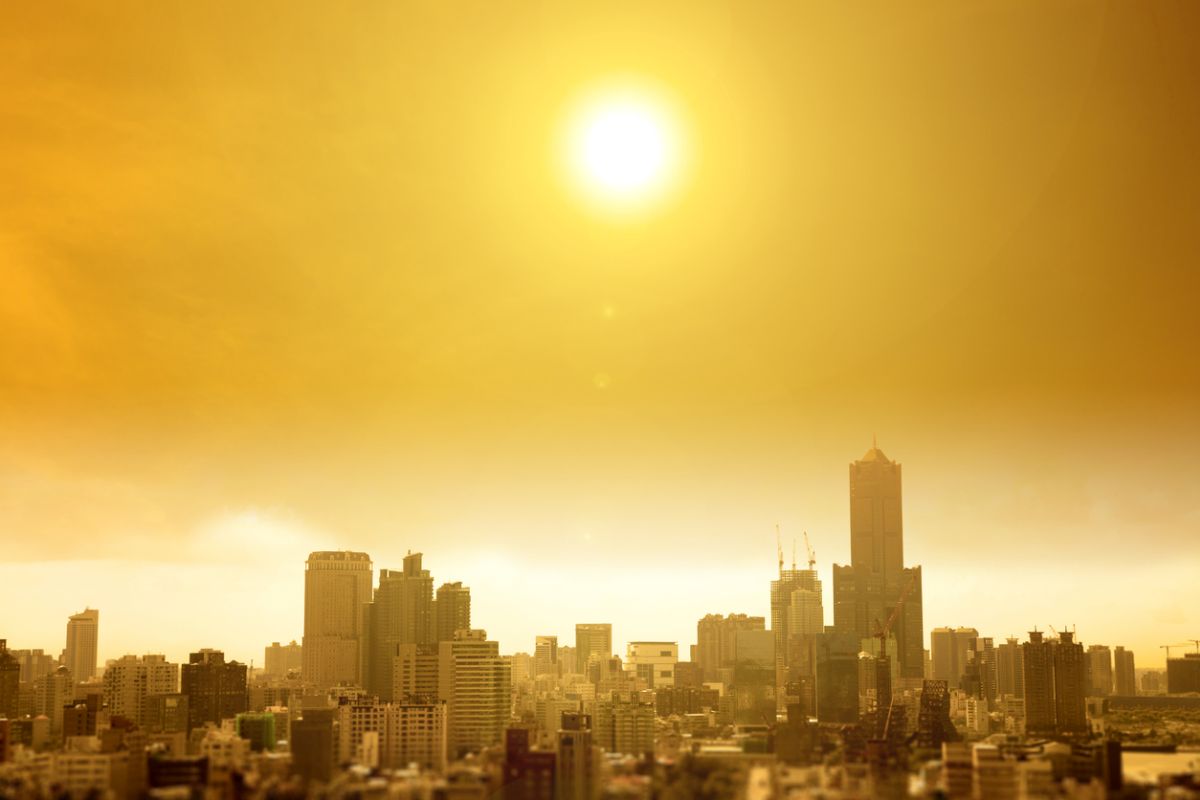The death of 11 people at an event in Navi Mumbai from a heatstroke is a grim reminder of what the summer has in store for India. Already, warnings have been issued by experts and several states have cautioned citizens not to step outdoors in the hours between noon and 4 p.m.
The event at Navi Mumbai was held when the temperature was recorded at 38.2 deg C, not unusual for this time of the year, but clearly the intensity of a spell that commenced as early as February took its toll. Last year, when temperatures had soared to 50 deg C and above in parts of the sub-continent, scientists had warned that these extreme conditions had been exacerbated by climate change. This year, the outlook is grim and the India Meteorological Department has warned of the enhanced probability of “above normal maximum temperatures” over most parts of the northeast, east and central India and some parts of the northwest.
Advertisement
The average temperatures in February in central India were 29.5 deg C, around 2 deg C above normal. While the government has alerted states to put in place health action plans, the efficacy of such measures is questionable. Heatwaves have cascading effects, not just on health but on ecosystems, agriculture, water and power supplies. Already, there are projections of power shortages forced by the weather, and of a reduction in wheat production which could hit both domestic availability and exports from the world’s second largest producer. India is well aware of the consequences of such conditions.
Last year, the Centre for Science and Environment had estimated that localised climate events on 241 of 273 days until October had claimed at least 2,755 lives, affected at least 1.8 million hectares of crop and killed nearly 70,000 livestock. A measurement called wet bulb reading, which combines air temperature and relative humidity, gauges heat stress on the human body.
A wet bulb reading of 35 deg C is said to be the threshold beyond which humans cannot survive. A report by the World Bank last November had warned that India could become one of the first countries in the world where this threshold would be reached, and there are reports that Nagpur has already recorded wet bulb readings of above 32 deg C this year, with the summer not having yet reached its peak. For now, administrations across the country have put in place measures to mitigate human suffering.
West Bengal has announced a closure of schools while Odisha has asked classes to be concluded before noon. While welcome, these measures are likely to provide little relief. Economic activity must go on, and suffering will be a consequence. But outdoor events of the kind held in Navi Mumbai must be avoided.









